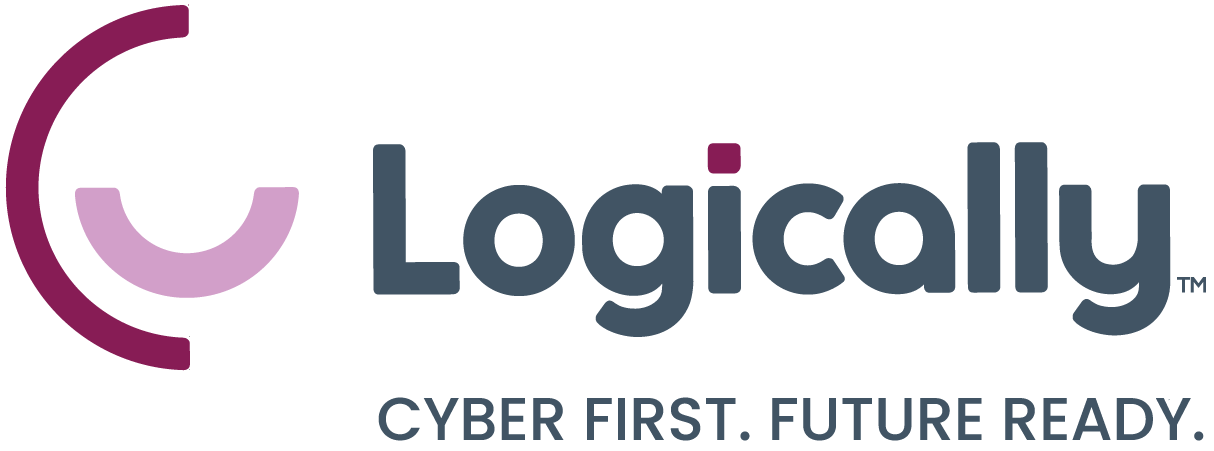
The latest wave of tariff changes is shaking the foundation of IT planning across industries. For mid-market IT leaders, the stakes are increasingly high as global policy shifts introduce new layers of budget volatility, supply chain risk, and procurement complexity.
Starting with a major policy announcement on February 1st and followed by the dramatic recalibrations on April 2nd (“Liberation Day”), the geopolitical situation remains fluid. For IT, finance, and operations executives, understanding how to adapt amid these conditions is no longer optional, it's urgent.
In a recent Logically Uncovered webinar, experts from IT, finance, and equipment leasing explored the critical impacts of tariffs on technology procurement, IT strategy, and cross-functional planning. Their unified message: agility and communication are key to staying resilient.
Tariffs Are Driving Up IT Costs—But Not Evenly
Tariffs are now a direct input into pricing models for hardware, and soon, the same will be true for software and services. As Logically's CIO, Chris Morton explained, “Hardware will be the direct impact. Cloud providers need hardware too, so the costs will eventually trickle down to software and services—it just takes longer.”
Finance expert Andrew Kaufman noted that smaller cloud service providers and application hosts are particularly vulnerable due to their leaner infrastructures. The result is clear: pricing shifts will be phased but widespread.
Organizations must also prepare for opaque pricing behavior. Panelists highlighted a rise in “non-committal language” from vendors and ultra-short quote expiration dates—sometimes 24 hours—making procurement increasingly volatile. John Fales, a veteran finance leader, warned, “It brings new meaning to dynamic pricing.”
Buy Ahead or Wait? A Strategic Procurement Dilemma
One of the panel’s most practical insights came from Chris Morton, who shared how Logically reshaped its technology roadmap in anticipation of higher tariffs. Projects originally slated for Q3 and Q4 were accelerated into Q1. “It was just a matter of looking at the assets we had and identifying how tariffs would impact decisions about upgrades versus replacements.”
This led to tactical moves, such as buying laptops early due to Windows 10’s end-of-life schedule, and postponing some data center investments in favor of cloud alternatives. The message: risk-based prioritization must guide procurement.
The panel cautioned against acting without full visibility for those considering bulk purchasing to beat tariff hikes. Evaluate the cost of carrying inventory, the depreciation risk, and the real impact on long-term ROI. Flexibility, not panic, should lead the strategy.
Budgeting for Volatility: Throw Out the Old Models
“Throw out your budget,” said Kaufman—half-jokingly but truthfully. Static annual planning simply doesn’t work in an era where tariff policy may shift within weeks. Panelists recommended a rolling forecast model that allows organizations to rapidly adjust based on scenario planning.
Kaufman emphasized mapping your supply chain dependencies. “If you're purchasing through distribution, you may not know exactly where everything is coming from. Try to drill down as far as you can.” Understanding component origin and vendor diversity is foundational to making defensible financial plans.
The panel advised evaluating inventory strategy, capital expenditure timing, and alternative sourcing. To reduce capital exposure, companies may explore group purchasing organizations, extended warranties, or cloud migration.
Financial Tradeoffs and Smart Capital Structuring
Tariffs affect not just procurement but liquidity, balance sheets, and investment timing. As Kaufman explained, “You’d rather approach tradeoffs from a position of strength than weakness. Shore up cash flow and be ready to front-load inventory—if it makes sense.”
Fales added that creative financing structures can help reduce short-term shocks. “You can defer payments, use step structures, or lease equipment short-term until new tech becomes available.” Vendors may even offer hardware swap programs if delays emerge.
These flexible tools help companies maintain operational continuity without overcommitting capital.
Vendor Communication: Your First Line of Defense
A consistent theme throughout the discussion was the need for constant communication with vendors. Unexplained 25% price increases, ambiguous contract language, and sudden changes in shipping terms are all red flags.
Organizations should:
- Monitor quote expiration dates.
- Ask vendors for tariff-related pricing breakdowns.
- Stay alert for OEM-driven flexibility programs in response to constraints.
According to Morton, “If I check my email one day, it says the opposite of what I read yesterday.” In such a dynamic environment, dialogue is defense.
Strengthen IT-Finance Collaboration
Perhaps the most actionable insight came near the close of the webinar: “If you're a CIO, pick up the phone and call your CFO. If you're a CFO, call your CIO.”
Breaking down silos between IT and finance is not just best practice—it’s business critical. Shared planning enables quicker responses to vendor shifts, investment decisions, and operational compromises.
In this light, pricing strategy becomes a multi-team effort. Can your current margins absorb tariff hikes, or must costs be passed on to customers? Are there bundling opportunities that can create value without increasing prices? These are no longer purely financial questions—they are strategic imperatives.
Navigating the New Tariff Landscape: Practical Action Steps for IT Leaders
The panel concluded with an urgent call to action. Here are the key steps IT leaders should take now:- Map your full supply chain, including through distributors.
- Review pricing contracts and quote expirations regularly.
- Engage in cross-functional planning with finance and operations.
- Model several financial scenarios, including best- and worst-case tariff impacts.
- Consider financing and leasing structures to preserve liquidity.
- Reevaluate vendor strategy, considering bundling, cloud shifts, and sourcing diversity.
- Expand your information sources—look beyond headlines to geopolitical analysis and advisory services.
Fales recommended resources like The Economist and analyst Peter Zeihan for geopolitical and economic context, while Kaufman encouraged expanding networks to include trade attorneys, accountants, and specialized consultants.
Conclusion: Proactive Planning Is the Best Defense
In an era of uncertainty, waiting passively is the greatest risk. With tariff changes, supply chain shifts, and vendor volatility redefining the IT landscape, organizations must act—not react.
From realigning budgets to rethinking infrastructure and supply strategy, the guidance from the Logically panel is clear: plan now, stay nimble, and communicate relentlessly. The time to act is before disruption strikes—not after.
Watch the full webinar to hear from the experts and learn how to take a more resilient approach to technology planning in 2025 and beyond.


.png?width=960&length=960&name=Logically%20Uncovered%20Webinar%20Series%20(3).png)
